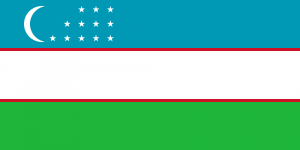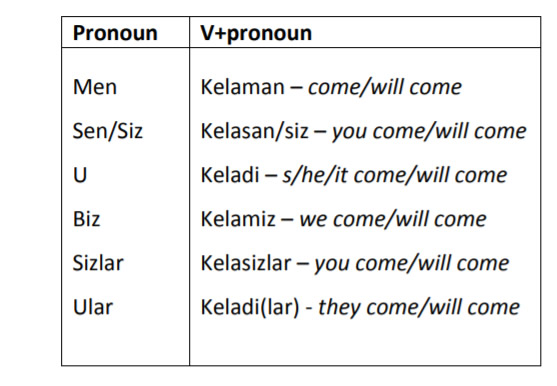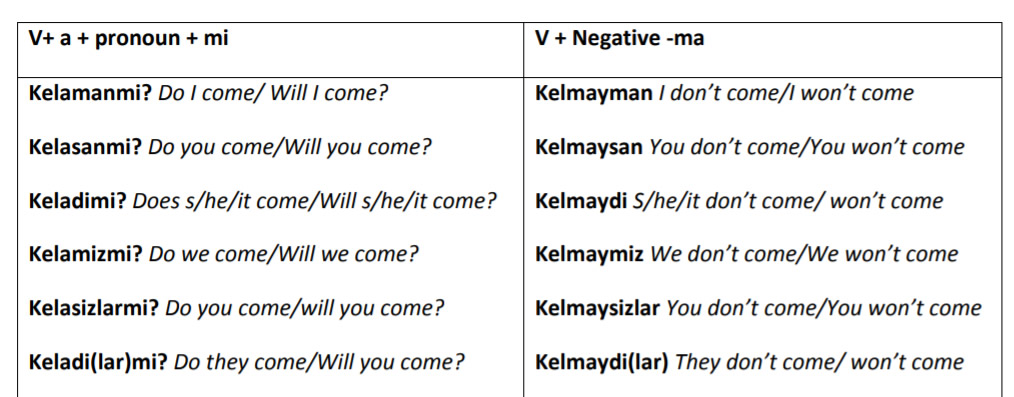Difference between revisions of "Language/Northern-uzbek/Grammar/The-verb-KELMOQ-–-to-come"
< Language | Northern-uzbek | Grammar
Jump to navigation
Jump to search
m (Quick edit) |
|||
| Line 15: | Line 15: | ||
==Sources== | ==Sources== | ||
https://slaviccenters.duke.edu/sites/slaviccenters.duke.edu/files/file-attachments/uzbek.original.pdf | https://slaviccenters.duke.edu/sites/slaviccenters.duke.edu/files/file-attachments/uzbek.original.pdf | ||
==Related Lessons== | |||
* [[Language/Northern-uzbek/Grammar/Past-Perfect-Tense|Past Perfect Tense]] | |||
* [[Language/Northern-uzbek/Grammar/Accusative-case|Accusative case]] | |||
* [[Language/Northern-uzbek/Grammar/Verbal-nouns|Verbal nouns]] | |||
* [[Language/Northern-uzbek/Grammar/Conditional-Mood|Conditional Mood]] | |||
* [[Language/Northern-uzbek/Grammar/Expressing-a-desire-fo-an-action|Expressing a desire fo an action]] | |||
* [[Language/Northern-uzbek/Grammar/Compound-verb|Compound verb]] | |||
* [[Language/Northern-uzbek/Grammar/Postpositions|Postpositions]] | |||
* [[Language/Northern-uzbek/Grammar/Plurals|Plurals]] | |||
* [[Language/Northern-uzbek/Grammar/Negation|Negation]] | |||
* [[Language/Northern-uzbek/Grammar/Adjectives-formed-with-suffix-–-li|Adjectives formed with suffix – li]] | |||
Revision as of 13:45, 26 February 2023
The verb KELMOQ – to come is one of the most commonly used verbs in Uzbek language. It is used alone as well as part of a compound verb.
Kelmoq is often combined with other words. The negative is formed by adding to the verb stem the suffix -ma, plus the suffix –y and then the personal suffix. When negative suffix –ma is added along with suffix –mi, then it will be an interrogative sentence.
- Kelmaysizmi? – Don’t you come?


